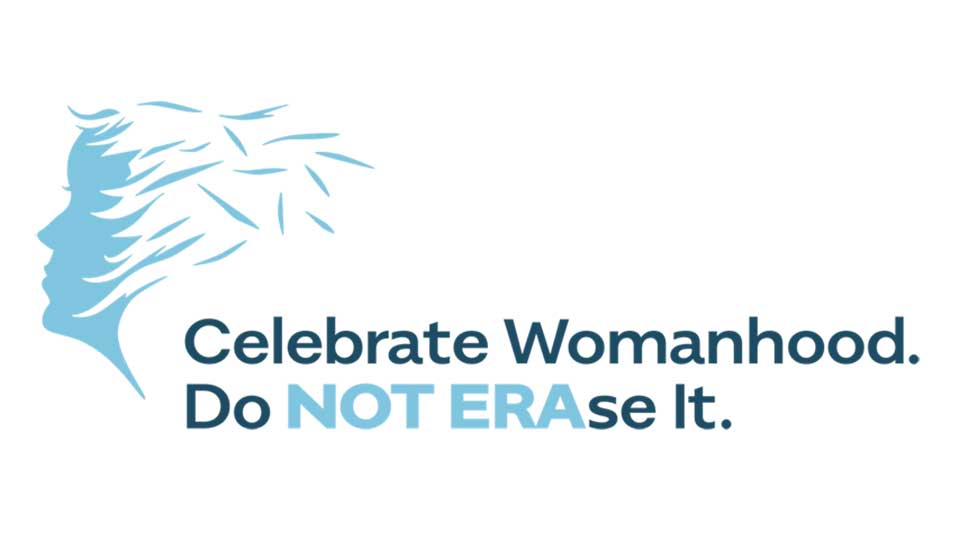
What’s it called when you erase women from the law under the guise of “equality for women”?
The Equal Rights Amendment. The Equal Rights Amendment was passed by Congress in the early 70’s. It declared: “Equality of rights under the law shall not be denied or abridged by the United States or by any state on account of sex.” But before the ERA could become an official amendment to the Constitution, it needed to be ratified (approved) by 38 states before the year 1982.
By the time the deadline rolled around, only 35 states had ratified—though since then, exactly 38 have ratified—three after the deadline. And on Thursday, February 13, the U.S. House of Representatives voted “yes” to remove the original 1982 deadline, passing H.J.Res.79 on to the Senate. Yet, whether or not Congress can remove the original deadline is still up for debate.
So, what’s the controversy and why are modern-day feminists and radical activists clamoring so loudly for the ERA to be passed now?
In the late 1970’s, after failed ERA efforts, women’s rights experienced a significant victory when the Supreme Court finally ruled the 14th Amendment’s Equal Protection Clause applied to women. Yet, ERA proponents of today argue the 14th Amendment isn’t enough. They claim that because the 14th Amendment uses the word “citizen” and not the word “sex” or “gender,”–and rightfully so—the 14th Amendment doesn’t allow men (who say they’re women) to be treated like women. It doesn’t allow these men into women’s bathrooms or allow boys to compete on girls’ sports teams. Nor does the 14th Amendment allow for the right to abortion to be encoded into our Constitution or require tax-payer funding for abortion.
But the ERA does and will.
The language of the ERA, at first glance sounds fairly reasonable. But, in fact, it prevents state and federal laws from making any distinctions based on sex (which can also mean gender). Yet, sex-based distinctions have been a result of a century-long battle for women to be acknowledged in law, and for their needs to be recognized as drastically different from men’s, especially at certain times and in certain places. These distinctions have allowed for women’s “only” scholarships and colleges, childbirth and pregnancy accommodations, spousal and child support, social security benefits, and so much more.
When sex distinctions are erased from the law, women and all the laws passed to protect their unique position in society are also erased. We’ve already seen these exact benefits being taken from women in states with state-level ERAs. In addition, courts in New Mexico and Connecticut have used their ERAs to rule that denying abortion to women was “sex-discrimination” because only women can have abortions.
From state cases, we can predict the devastating impact a federal ERA would have on women. It’s likely federal programs like WIC (Women Infants and Children Program) would be deemed unconstitutional, social security benefits for women based on spousal income would be removed, women could suddenly become eligible for the draft, and women’s federally funded shelters and prisons would have to allow men access. And most egregiously, it is highly likely to encode the right of abortion into the U.S. Constitution.
Yet, it is this fresh and radical spin on the interpretation of “women’s rights” that has captured the devotion of the radical left and why the House passed H.J.RES 79, which could be heard by the Senate. We must remain vigilant and prevent this grave injustice against women from passing. Reach out to your Senators today and ask them to oppose the ERA.
Standing for the family of believers,

Stephanie Curry, Esq.
Policy Manager